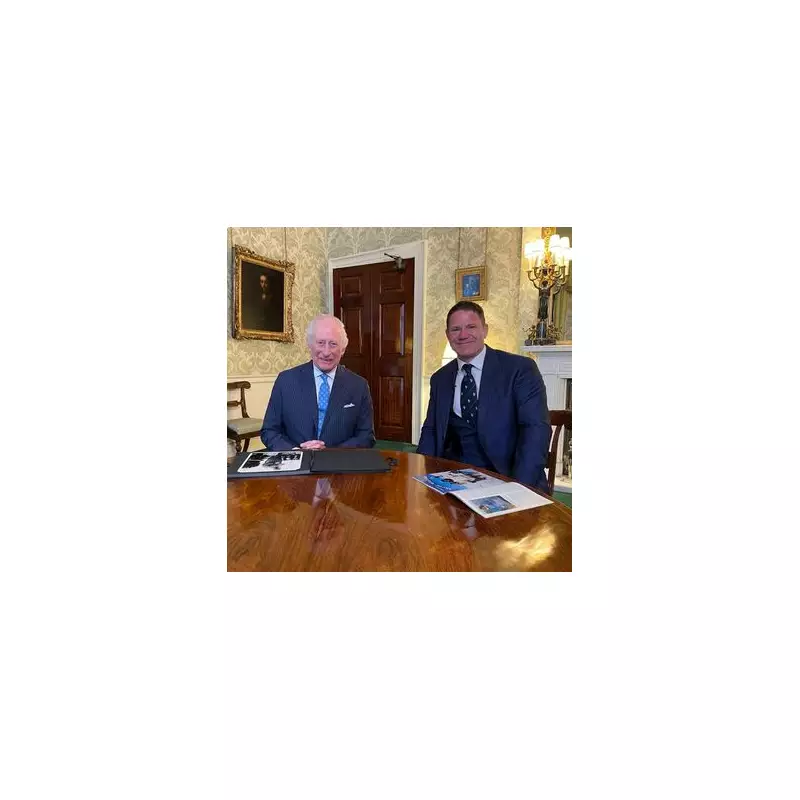
Buckingham Palace corridors are buzzing with quiet activity as King Charles III undertakes what insiders are calling his most significant project since ascending the throne. While officially focusing on his cancer treatment recovery, the monarch is secretly developing a groundbreaking initiative that could reshape the modern monarchy.
The Monarch's Hidden Mission
Despite his health challenges, King Charles has been holding discreet meetings with constitutional experts and senior advisors at Clarence House. Sources close to the palace reveal this isn't merely about recovery - it's about revolutionising the royal institution for future generations.
'This is the King's passion project,' a senior palace aide disclosed. 'He's using this period of reduced public duties to work on something he believes could secure the monarchy's relevance for decades to come.'
Constitutional Innovation Behind Palace Walls
The project, described as both 'visionary' and 'pragmatic' by those familiar with its scope, addresses fundamental questions about the monarchy's role in contemporary Britain. While details remain closely guarded, insiders suggest it involves:
- Modernising royal protocols and procedures
- Enhancing the monarchy's connection with younger generations
- Developing more efficient operational structures
- Creating sustainable approaches to royal duties
Recovery and Reimagining
Medical experts have noted that having a purposeful focus can significantly benefit cancer patients during recovery. For King Charles, this project provides both mental stimulation and a sense of continuing contribution during his treatment period.
'The King has always been a forward-thinker,' noted royal commentator Emma Kensington. 'This combination of personal recovery and institutional planning is classic Charles - always working, always planning for the future.'
A Legacy in the Making
What makes this initiative particularly significant is its timing. Coming after his cancer diagnosis, the project represents the King's determination to leave a lasting legacy beyond traditional royal duties.
The palace remains tight-lipped about specific details, but the sense among royal watchers is that this could be one of the most substantial reforms to the monarchy in recent history.
As one insider concluded: 'This isn't just about recovery - it's about redefinition. The King is building a bridge to the monarchy's future while navigating his own personal challenges.'





